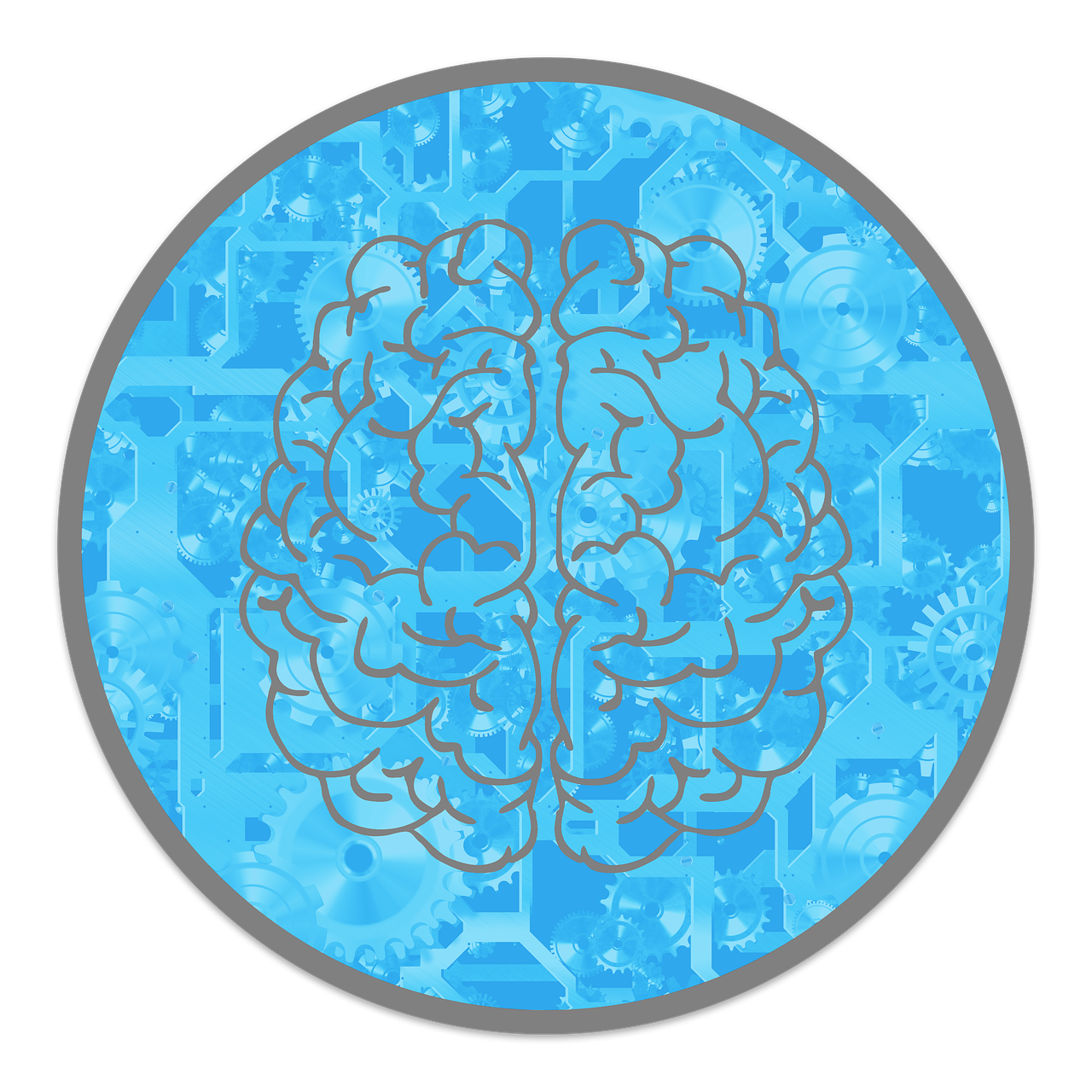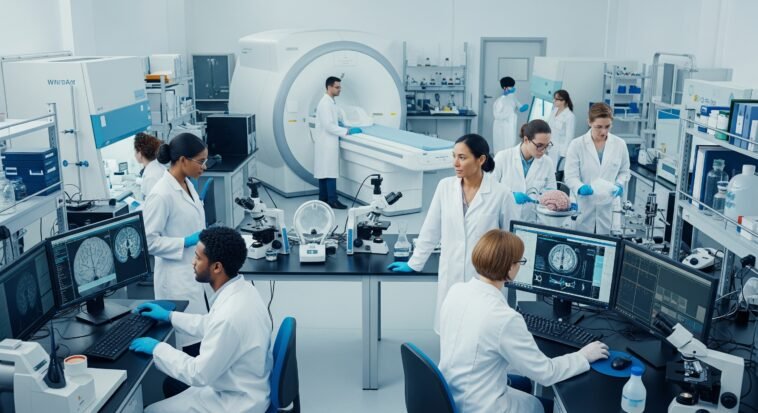
The brain is still one of the wildest things we’re trying to figure out—especially how we remember stuff and learn new things.
Lately, brain science has flipped the script: memory doesn’t just live in brain cells, and the brain can rewire itself more than we thought (kind of like updating an iPhone overnight).
These new findings are changing what we thought we knew about how we learn, remember, and grow smarter over time.
The Neuroscience of Memory Formation: Recent Breakthroughs
Long-term memory formation
For the longest time, scientists thought memory worked like a step-by-step process: you remember something short-term first, and then it gets stored as a long-term memory (kind of like saving a Word doc after working on it).
But new research says—plot twist—you don’t always need short-term memory to make long-term memories.
Your brain might be running two separate systems. That changes how we think about memory loss and diseases like Alzheimer’s.
It’s like finding out your phone has a secret backup system you never used.
The role of sleep in memory consolidation
Turns out, sleep isn’t just rest—it’s when your brain goes full Marie Kondo on your memories.
Studies show your brain filters through everything that happened that day, keeps the useful stuff, and tosses the rest.
More interesting? Sleep may also block bad or useless memories from randomly popping up later.
So if you’re dealing with anxiety or unwanted thoughts, quality sleep is a big deal.
It’s like your brain runs a private Netflix algorithm while you snooze, deciding what gets added to your “Recently Watched.”
Hippocampal function and memory encoding
The hippocampus is like the Nolan of your brain—it cuts, edits, and organizes the story of your life.
Scientists used to think it mainly handled space and navigation (like Google Maps for your brain).
But now they know it’s way more versatile. Even if there’s no “place” involved, the hippocampus still helps build vivid, episodic memories—like remembering your first concert or that awkward job interview.
It stitches random moments into a narrative, like a mental highlight reel you can rewatch later.

Neuroplasticity: The Brain’s Remarkable Ability to Adapt
Understanding brain plasticity
Think of your brain like an app that never stops updating.
Neuroplasticity is your brain’s ability to rewire itself based on what you do, feel, and experience—kind of like how Spotify tweaks your Discover Weekly based on what you’ve been listening to.
The coolest part? This isn’t just something that happens in childhood. Your brain can keep changing well into old age.
Lifelong learning and brain adaptation
For a long time, people thought your brain basically stopped developing once you hit adulthood (like your high school gym coach who thought learning ended after finals).
But science now shows your brain can keep learning, healing, and adapting.
Whether you’re picking up piano at 60, bouncing back from a stroke, or switching careers at 40—your brain is game if you keep challenging it.
Factors influencing neuroplasticity
Several environmental and lifestyle factors have been identified as key influencers of neuroplasticity:
Physical exercise
Exercise isn’t just for your muscles. It boosts a brain chemical called BDNF, which helps neurons grow and connect.
Basically, working out gives your brain a protein smoothie.
Environmental enrichment
Try learning a new language, jamming on guitar, or solving puzzles.
Your brain loves variety—think of it like giving your mind a playlist with no skips.
Social interaction
Talking with friends (even awkward small talk) keeps your brain sharp.
Social interaction makes your brain process complex stuff, like emotions and cues—like real-life emotional Sudoku.
Stress management
Stress is like static on your brain’s signal.
Chronic stress messes with plasticity, but mindfulness and meditation help clean the channel so your brain can grow and adapt without the mental noise.
Implications for Learning and Education
Optimizing learning environments
Thanks to neuroscience, we now know learning isn’t just about cramming info and hoping it sticks.
The brain actually learns better when you space things out, mix up how you study, and stay actively involved—kind of like how you’d binge-watch a show with commentary, not just on mute.
Spaced learning
Instead of last-minute cramming, review stuff in chunks over time.
It’s like revisiting your favorite memes—you remember them better the more you spread them out.
Multimodal learning
Reading and listening and doing something hands-on? That combo lights up more areas of your brain.
Imagine learning like making a TikTok—video, sound, movement—it all works together.
Active learning
Active learning (think: solving problems, having debates, doing projects) sticks better than just passively listening.
It’s like the difference between watching a cooking show vs. actually making the lasagna.
Personalized learning approaches
Not everyone learns the same way. Some people remember what they see, others remember what they do.
Neuroscience backs this up—it’s not one-size-fits-all.
The more we tailor learning to how someone’s brain works, the better the results.
Think Spotify Wrapped, but for your learning style.

Clinical Applications and Therapeutic Potential
Memory-related disorders
New brain research isn’t just cool trivia—it’s actually changing how we treat real problems.
Alzheimer’s disease
Scientists are learning that sleep plays a major role in memory loss.
Basically, if your brain can’t “save” memories properly during sleep, things start slipping through the cracks.
Now, treatments are being designed to improve memory by improving sleep.
Think of it like fixing a glitchy iCloud backup.
Traumatic Brain Injury (TBI)
The old idea was: once brain cells were damaged, that was it.
But thanks to neuroplasticity, we now know the brain can rewire itself.
So now rehab programs are all about helping the brain form new connections—like rerouting GPS after a roadblock.
Learning disabilities
Since not all brains learn the same way, therapy and education can be more personalized.
If someone struggles with reading or memory, we can design learning tools that match how their brain works—like customizing a playlist instead of forcing everyone to listen to the same album.
Cognitive enhancement
Brain science isn’t just for fixing problems—it’s also being used to level up healthy brains:
Cognitive training
Think of this like brain workouts.
Apps and programs now use neuroscience-backed techniques to improve memory, focus, and processing speed.
It’s like training your brain the same way you’d train for a 10K—just with fewer blisters.
Brain stimulation
Non-invasive tech (like tDCS or TMS) is being tested to boost learning and memory.
It’s not sci-fi anymore—some studies show it might help people learn faster or stay focused longer.
Still experimental, but very promising… like beta-testing a new AI assistant for your brain.
Future Directions and Emerging Research
Technology and brain research
New tools are letting scientists watch the brain while it’s thinking—basically like having a live Twitch stream of your neurons firing.
Brain-Computer Interfaces (BCIs)
This is where science meets sci-fi. BCIs are devices that connect your brain directly to a computer.
Right now, they’re being tested to help people with memory loss or movement disorders.
But down the road? Think uploading knowledge à la The Matrix. (Okay, we’re not there yet, but it’s not totally out of reach.)
AI + brain models
Researchers are using artificial intelligence to model how the brain learns and remembers stuff.
It’s like using ChatGPT to simulate how your hippocampus works.
These models help scientists test out ideas faster and with fewer real-life experiments.
Preventive approaches
Brain science isn’t just about fixing stuff—it’s also about preventing problems before they show up.
Lifestyle habits that actually work
What helps your brain stay strong? Regular exercise, good sleep, hanging with people who challenge you, and learning new things.
Basically: lift weights, get 8 hours, text your friends, and keep your brain curious.
It’s like giving your neurons a personal trainer.
Catch problems early
The earlier you spot signs of brain fog or memory issues, the better.
Think of it like catching bugs in your code before launch—early fixes make a huge difference.
New research is focusing on tools that flag issues before they become full-blown problems.

Conclusion: Brain Science Is Changing the Game
We’re learning way more about how memory and learning actually work—and it’s not just brain cells doing the job.
New research shows there are multiple ways your brain forms long-term memories, and that changes everything from how we teach to how we treat memory issues.
This isn’t just cool science—it’s useful. From improving schools to helping people with Alzheimer’s or brain injuries, these insights are turning into real-life tools.
And we’re just getting started. As tech gets better (hello, brain-computer interfaces), we’ll keep unlocking more brain hacks.



